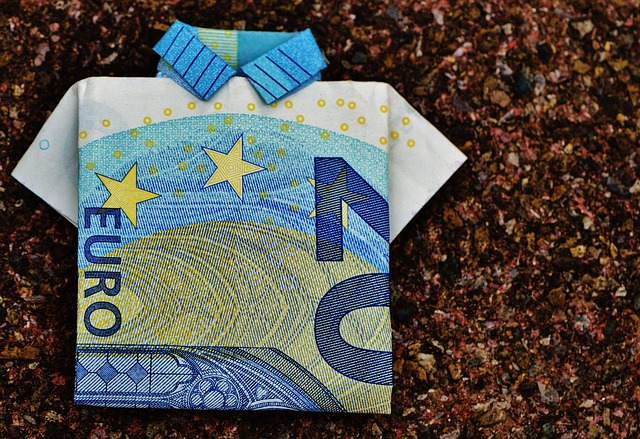Mastering Technique: Key Elements of Neoclassical Ballet Training
Neoclassical ballet stands as a bridge between the traditional elegance of classical ballet and the expressive freedom of contemporary dance. This unique style demands a refined technique that combines grace, strength, and artistry. To master neoclassical ballet, dancers must focus on key elements that set this genre apart.
1. Precision and Clean Lines
Neoclassical ballet places a strong emphasis on precision and clean lines. Dancers strive for impeccable alignment and execution, ensuring each movement is sharp and defined. To achieve this, attention to proper posture, turnout, and body alignment is essential. Practicing in front of mirrors can aid dancers in perfecting their lines and making adjustments as needed.
2. Musicality and Dynamics
Music plays a central role in neoclassical ballet, influencing both the choreography and the dancers' movements. Understanding musical phrasing and dynamics allows dancers to synchronize their movements with the music, creating a harmonious and visually captivating performance. This style often incorporates unexpected pauses, tempo changes, and accents, adding complexity to the choreography.
3. Innovative Choreography
Neoclassical ballet pushes the boundaries of traditional ballet choreography by introducing innovative movements and concepts. Dancers are encouraged to experiment with new shapes, floor work, and partnering techniques. This willingness to explore novel choreographic elements contributes to the genre's contemporary appeal while still honoring its classical roots.
4. Expressive Artistry
While neoclassical ballet shares technical similarities with classical ballet, it also allows for greater emotional expression. Dancers are encouraged to infuse their movements with personal artistry, conveying emotions and narratives through their performance. This fusion of technique and emotion creates a captivating and multidimensional dance experience.
5. Versatility and Adaptability
Neoclassical ballet requires dancers to be versatile and adaptable. They must seamlessly transition between classical ballet's structured movements and contemporary dance's fluidity. This versatility enables dancers to tackle a wide range of choreographic styles, making them valuable assets in today's diverse dance landscape.
6. Partnering and Collaborative Skills
Partnering is a distinctive feature of neoclassical ballet, often involving intricate lifts, balances, and synchronized movements. Dancers must develop strong communication and trust with their partners to execute these complex sequences safely. Collaborative skills are essential as dancers work together to create visually stunning and emotionally resonant duets and ensembles.
7. Technical Foundation
At the heart of neoclassical ballet lies a solid technical foundation. Dancers must master classical ballet techniques, including precise footwork, pirouettes, and grand allegro. This classical base provides the stability and control necessary to execute the genre's more contemporary and dynamic movements.
8. Flexibility and Body Awareness
Flexibility and body awareness are crucial for neoclassical ballet dancers. Stretching and conditioning routines help maintain suppleness, allowing for elongated lines and expressive movements. A heightened sense of body awareness ensures dancers maintain proper alignment and control throughout intricate sequences.
9. Commitment to Training
Becoming proficient in neoclassical ballet demands dedication and consistent training. Dancers must attend regular technique classes, conditioning sessions, and rehearsals. The combination of physical conditioning and artistic exploration cultivates a well-rounded dancer capable of embodying the style's unique qualities.
10. Performance Presence
Neoclassical ballet thrives on stage presence and charisma. Dancers are not just executing steps; they are conveying stories, emotions, and themes. Training should include opportunities for dancers to practice performing in front of an audience, honing their ability to captivate and connect with viewers.
In Conclusion
Mastering neoclassical ballet involves a harmonious blend of technical precision, artistic expression, and adaptability. By embracing the genre's key elements, dancers can unlock their potential to create captivating performances that bridge the gap between tradition and innovation.



